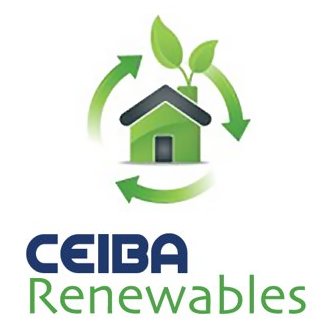Will Tesla Powerwall 3 Transform the UK’s Energy Market?
The upcoming release of the Tesla Powerwall 3 is expected to significantly impact the UK’s energy landscape. Tesla, a leading provider of home solar panels, is continuing to advance sustainable energy solutions with its latest Powerwall technology. The Powerwall’s efficient solar energy storage, adaptability to different setups, and contribution to energy security have already made a noticeable impact in the United Kingdom.
The upcoming launch of the Powerwall 3 in Scotland and across the UK has sparked a lot of excitement among homeowners, clean energy enthusiasts, and environmental advocates. This new solar energy battery storage system is designed to work seamlessly with solar panels and other renewable energy sources. It’s expected to give households more control over their energy usage while also reducing their carbon footprint. With its improved efficiency and advanced features, the Tesla Powerwall 3 is set to change the way we use renewable energy systems in the UK. Its anticipated release by the end of 2024 is a big step towards a more sustainable future.
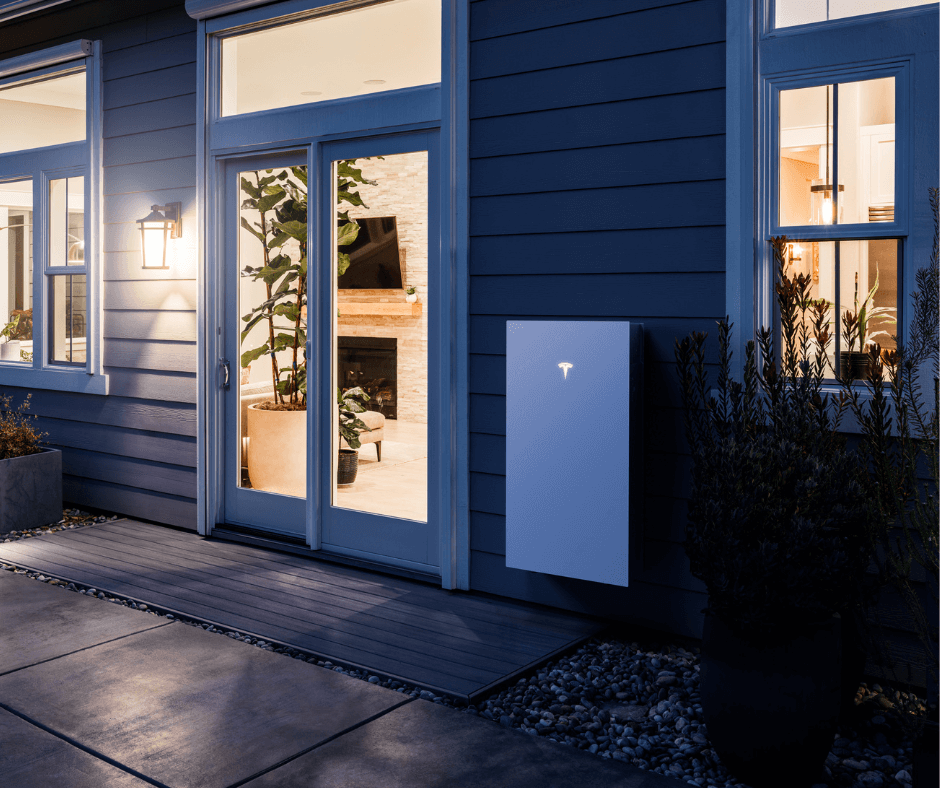
Powerful Key Features and Specifications
Below are some of the key similarities and differences between Powerwall 2 and Powerwall 3.
SIMILARITIES
- Storage Capacity of 13.5kWh of Usable Power per Powerwall
- Scalable (adding a second Powerwall gives you 27kWh of storage capacity)
- Whole House Backup
- Can be Installed Outside (recommended Best Practice from IET & MCS)
- Advanced Battery Cooling for Maximum Durability, Lifespan and Performance
- Tesla’s (mostly) excellent installer and customer Technical Support
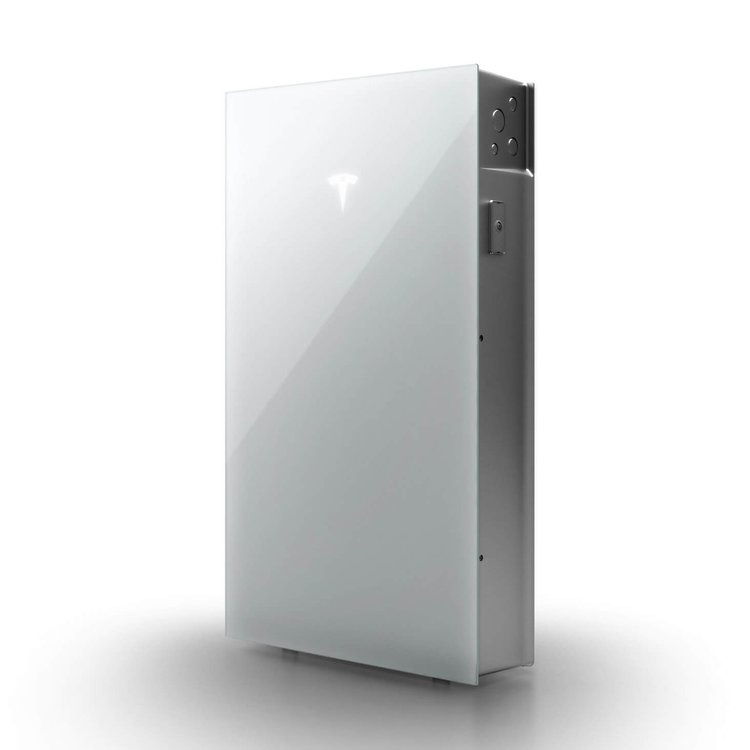
Technical details
The Tesla Powerwall 3 boasts impressive features and specifications that set it apart from its previous models. With a nominal grid voltage of 120/240 VAC and a grid type of split phase, it operates at a frequency of 60 Hz. The Powerwall 3 incorporates robust overcurrent protection with a 60A device and offers excellent surge withstand voltage on both AC ports (4 kV) and communication ports (2 kV). It also demonstrates impressive radiated RF immunity at 35 V/m.
One of the standout features of the Powerwall 3 is its exceptional efficiency. It boasts a solar-to-battery-to-grid round-trip efficiency of 89% and a remarkable solar-to-grid efficiency of 97%, ensuring minimal energy losses during operation. The Powerwall 3 supports various islanding devices, including Backup Gateway 2, Backup Switch, and Gateway 3, enhancing its versatility and compatibility.
Connectivity is a strong suit of the Powerwall 3, with Wi-Fi (2.4/5 GHz), dual-port switched Ethernet, and cellular (LTE/4G options available. It also features a hardware interface with a dry contact relay, Rapid Shutdown (RSD) certified switch and 2-pin connector, and RS-485 for meters. The AC metering is revenue-grade, ensuring accurate measurements with a precision of +/- 0.5%.
In terms of safety, the Powerwall 3 incorporates an integrated arc fault circuit interrupter (AFCI), Isolation Monitor Interrupter (IMI), and PV Rapid Shutdown (RSD) using Tesla Mid-Circuit Interrupters, providing comprehensive protection against potential hazards. Customers can conveniently monitor and control the system through the Tesla Mobile App.
The Powerwall 3 offers a 10-year warranty, ensuring long-term reliability and peace of mind for users. With a maximum solar STC input of 20 kW and a withstand voltage of 600V DC, it can handle substantial solar power input. [5] The PV DC input voltage range is 60-550V DC, while the MPPT voltage range is 60-480V DC, accommodating a wide range of solar panel configurations. It features three MPPTs, each capable of handling a maximum current of 13A and a maximum short-circuit current of 15A.
The Powerwall 3 boasts a nominal battery energy of 13.5 kWh, a maximum continuous discharge power of 11.04 kW, and a maximum continuous discharge power off-grid (PV only, -20°C to 25°C) of 11.04 kW. Its maximum continuous charge power is 5 kW, and the output power factor rating is configurable from 0 to 1, allowing for grid code compliance. With a maximum continuous current of 48A and a load start capability of 185A LRA (1s), the Powerwall 3 can handle substantial power demands. Additionally, the system supports power scalability, with up to four Powerwall 3 units supported, enabling users to expand their energy storage capacity as needed.
Please note, some of the above information subject to change once PW3 has been launched in UK.
DIFFERENCES
- The system offers AC- and/or DC-coupled flexibility, making it suitable for new installations and retrofit projects.
Direct DC Coupling
Direct DC Coupling
The Powerwall 3 integrates directly with solar panels, featuring an integrated solar inverter for a more efficient setup and eliminates the need for an additional solar inverter, reducing the required power conversions. In a system with direct DC coupling, the solar energy generated by the panels goes straight into the Powerwall 3’s battery, avoiding the need for additional conversions. This direct charging of the battery results in higher efficiency, with the Powerwall 3 boasting an impressive 96-97% charging efficiency compared to the 92-93% efficiency of the Powerwall 2.
Increased System Efficiency
The direct DC coupling of Powerwall 3 with solar panels contributes to increased overall system efficiency. By eliminating the need for multiple power conversions, the system minimises energy losses, allowing us to harness more of the solar energy generated by our panels.
We can see the efficiency gains when examining the power conversion process in detail. With a DC-coupled system, the solar energy generated by the panels is directly stored in the Powerwall 3’s battery, with charging losses typically less than 3%. In contrast, an AC-coupled system like the Powerwall 2 requires power conversion from DC to AC at the solar inverter and then from AC to DC during battery charging, resulting in a combined loss of around 7%. Additionally, when discharging the stored energy, there is a further 3% loss from converting DC to AC. By minimising these conversion losses, the Powerwall 3’s DC-coupled design achieves a higher round-trip efficiency, allowing us to maximize the utilization of our solar energy.
Moreover, the integrated solar inverter in the Powerwall 3 offers additional benefits. With six Maximum Power Point Tracking (MPPT) inputs, the system can efficiently handle shading requirements across various installations, ensuring optimal solar energy capture. Furthermore, the Powerwall 3’s integrated inverter is programmable, with an output range of 3.68 kW to 11.04 kW, providing greater flexibility in system design and compliance with grid restrictions imposed by District Network Operators (DNOs).
- The system offers AC- and/or DC-coupled flexibility, making it suitable for new installations and retrofit projects.
- It demonstrates improved efficiency in DC-coupled systems, with specific efficiency metrics to be confirmed.
Improved Energy Efficiency
The Powerwall 3 stands out for its impressive round-trip efficiency of 97.5%. This means it can store more solar power before sending it to the grid, which helps minimize energy wastage. Tesla likely achieved this by combining the inverter and battery system, removing the need for an external inverter and improving the overall system design.
- It utilises a distinct cell technology that eliminates the use of rare earth metals.
- The integrated solar inverter delivers various advantages, including improved energy conversion, streamlined data viewing through a single application, and cost efficiency compared to third-party inverters.
Integrated Solar Inverter
The new Powerwall 3 now includes a built-in solar inverter, a significant change from the Powerwall 2, which previously required a separate solar inverter. This new design offers several advantages:
1. More efficient: Connecting solar panels directly to the Powerwall 3’s integrated inverter reduces power conversion losses, making the system more efficient.
2. Easier to monitor: The integrated inverter allows users to monitor and control both the solar and battery systems through a single Tesla Mobile App, making everything easier to manage.
3. Saves money: Eliminating the need for a separate solar inverter saves users money, making the whole solar and storage system more affordable.
In addition, it has 3 individual solar connections, allowing for a maximum solar input of 20 kW or 6.6 kW per connection. This is an improvement from the previous Powerwall Plus model, allowing for more efficient shade mitigation and installing a larger number of solar panels at once. Also, the Powerwall 3’s inverter is programmable, with an output range of 3.68 kW to 11.04 kW. This flexibility allows users to adjust the output to comply with DNO grid restrictions, increasing the chance of getting approval for grid connections that may have been rejected before by SPEN or SSE. This feature promises access to the desired solar and storage system.
- While marginally higher priced than the PW2, when paired with a solar PV system, overall costs are expected to be lower due to inverter-related savings.
- It will offer a non-backup option, reducing costs for customers who do not require backup functionality during power outages.
- Furthermore, advanced features are anticipated within the next 12 months. Detailed information is pending, and updates will be shared once available.
BENEFITS
Back Up Power
The Tesla Powerwall 3 provides whole-home backup power during grid outages, ensuring uninterrupted power supply to essential appliances and systems. Its Storm Watch feature automatically charges the battery to maximum capacity during stormy weather, offering peace of mind during potential power outages.
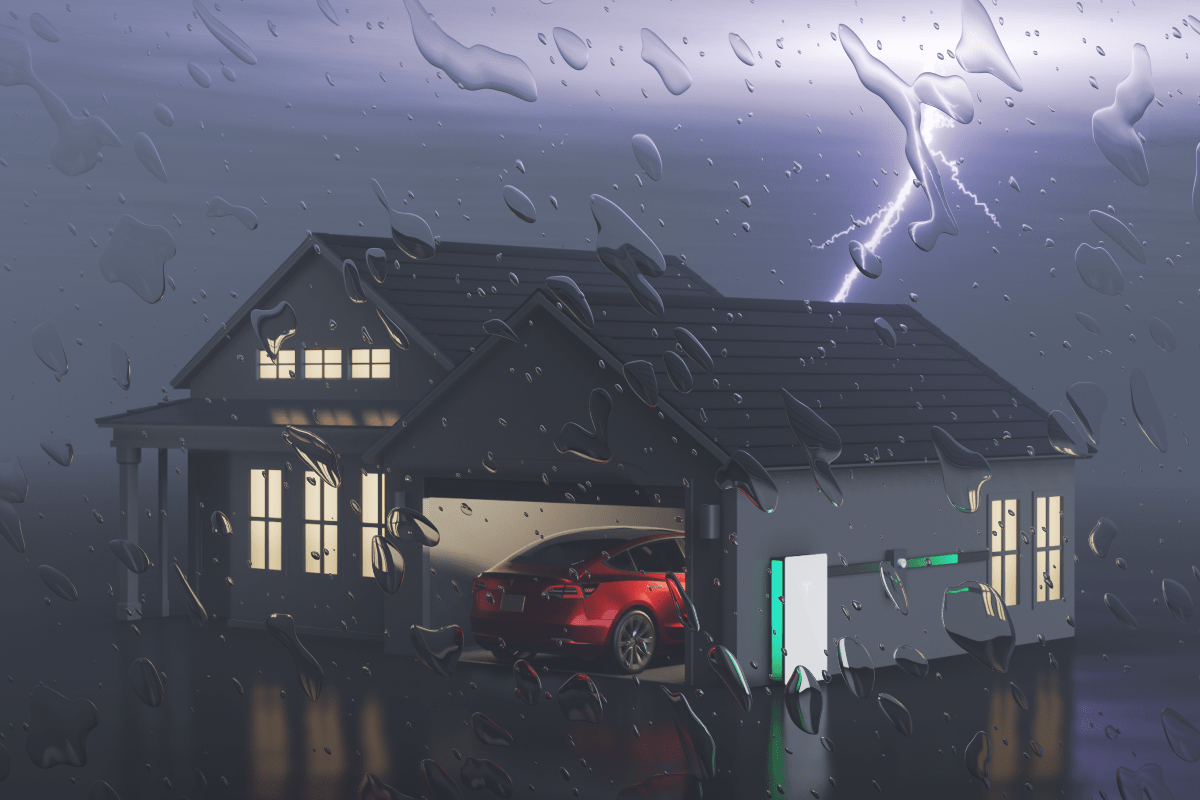

Energy Independence
The Powerwall 3 enables greater energy independence by allowing storage and use of excess solar energy, reducing reliance on the grid. By combining it with solar panels, you can produce clean energy, reducing carbon footprint and insulating from energy price changes and supply chain disruptions.
Cost Saving
Whether you are a business or a homeowner, saving money by storing solar energy during peak hours when electricity rates are higher can lead to significant cost savings and a reduced carbon footprint. Less reliance on the grid will not only maximise the use of solar energy but lead to substantial long-term savings on electricity costs. The integrated solar inverter further contributes to cost savings by eliminating the need for a separate third-party inverter.
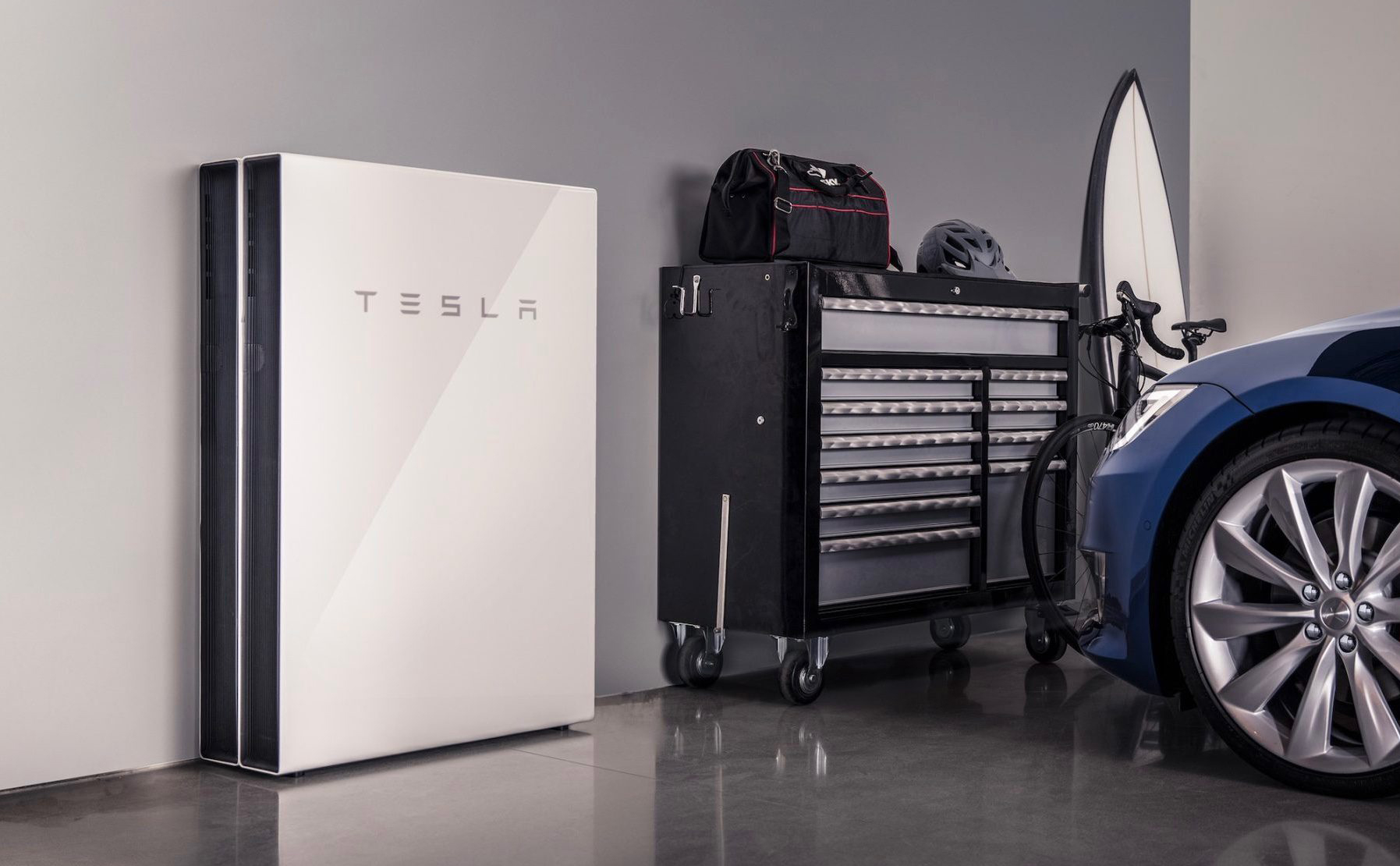
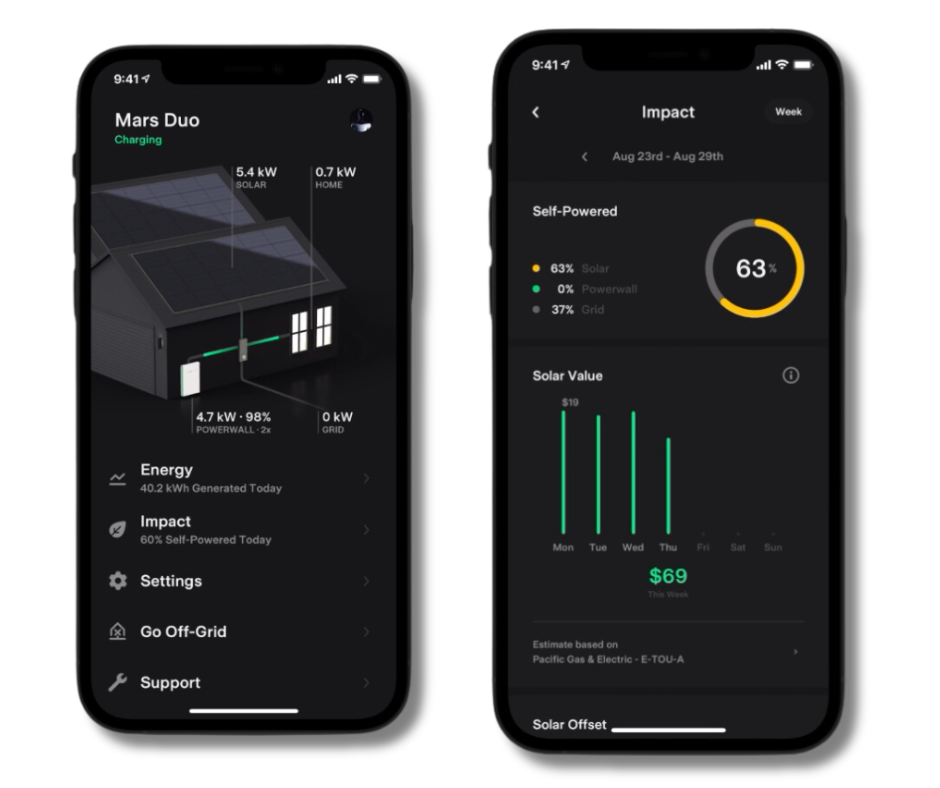
Monitoring and Control
Making smart choices about your energy has always been challenging. The Tesla app gives you more control over your total energy usage and generation. It helps you adjust your energy needs and performance, giving you the power of real-life involvement in managing. It feels good knowing that investing in sustainable energy solutions benefits you and the environment.
Expected Launch and Availability
As a leading Tesla Powerwall Installer, we can’t hold our excitement for the upcoming Powerwall 3 in the UK market. Tesla opened orders for the Powerwall 3 in the US in March 2024, and we’re excited to announce that it will soon be available in the UK, which is expected by the end of 2024. As a trusted partner, we’ll be among the first to offer this cutting-edge technology to our customers well before it hits the mainstream market.
It’s important to note that the Powerwall 3 will not be compatible with existing Powerwall 2 setups. This means that for customers interested in upgrading to the Powerwall 3, a completely new system will need to be installed, as the two generations cannot be combined or integrated.
Act now and join our exclusive waiting list to become part of the future of energy solutions!
Get ahead of the curve as Tesla Energy UK gears up for a major announcement this summer. As confirmed by an Ofgem employee in a recent conversation, we expect an exceptional surge in orders as Tesla revolutionises the energy industry. Powerwall 2 units are currently in stock, and we are eagerly anticipating the arrival of the Powerwall 3.
Related Articles
Blog Posts/Articles:
- renewableenergyhub.co.uk – Tesla Powerwall: The Future of UK Solar Energy Storage
- nano-pro.tech – Tesla Powerwall 3 UK Release Date
- cleanenergyreviews.info – Tesla Powerwall 3 Review
Official Documents/Manuals:
Support/Information Pages:
- tesla.com – Powerwall Overview
- tesla.com – How Powerwall Works
- tesla.com – Why Powerwall
- tesla.com – Solar Inverter
- tesla.com – Monitoring Your System
- tesla.com – Combining Systems
Other sources:
- reddit.com – Tesla Powerwall saving me over $150/month
- southern-energy.com – Guide to Tesla Powerwall
- power-technology.com – Tesla UK Electricity Provider
- tesla.com – Utilities
- elitesg.co.uk – Tesla Powerwall 3 Enhanced Features and Seamless Integration
- tlgec.co.uk – What is the Tesla Virtual Power Plant?
- renewabletransition.co.uk – Tesla Powerwall Owners Provide Virtual Power Plant
- purelecenergy.co.uk – What to Expect from Tesla Powerwall 3
- nakedsolar.co.uk – Tesla Powerwall 2 vs Powerwall 3

